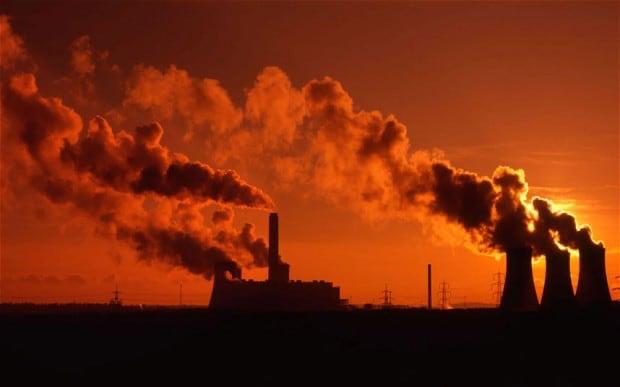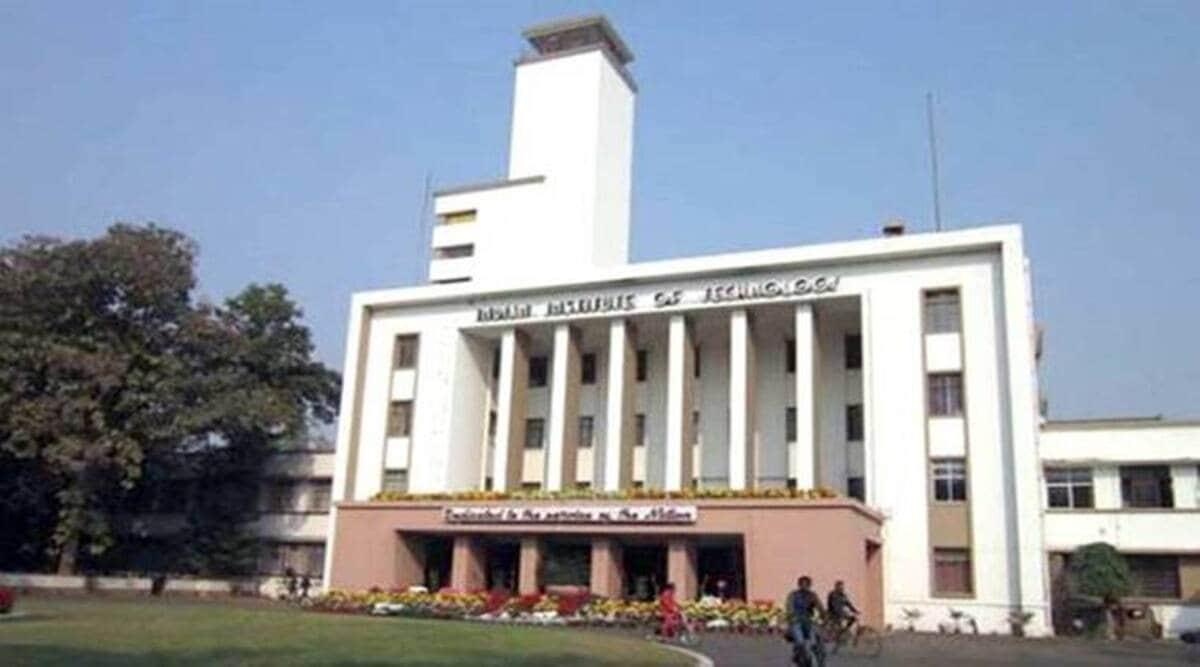 Image Source: The Telegraph
Image Source: The Telegraph
India’s 2025 monsoon season is marked by an unprecedented early arrival and forecasts of above-average rainfall—yet underlying volatility and climate concerns demand nuanced economic and energy planning. As climate budgets center on adaptation and resilience, India is also navigating its heavy dependence on coal amid a push for cleaner energy.
Key Highlights: Early and Uneven Monsoon Impacts
The southwest monsoon reached Kerala on May 24, its earliest onset since 2009, with precipitation rapidly spanning half the country eight days ahead of schedule. This rainfall drives 70% of India’s annual precipitation, vital for agriculture that employs over half of India’s 1.4 billion people and forms 16% of GDP.
Above-normal rainfall—forecasted to reach over 106% of the long period average—promises good prospects for key crops like rice, cotton, sugarcane, and soybeans. Healthy harvests can help rein in food inflation, lower interest rates, and support rural spending on goods and services, boosting broader economic growth.
However, there is increasing spatial and temporal inconsistency: while the western coast and Maharashtra are receiving surplus rain, northeast regions like Sikkim and Meghalaya face deficits and may see lower crop yields, water shortages, and stressed reservoirs. Central Indian states anticipate further delays, impacting the sowing window and crop output.
Climate change is inflating rainfall variability, heightening risks of both floods and droughts even within a single season. Urban heatwaves intensify during rainless spells, raising energy demand for cooling and further straining infrastructure.
Climate Budget and Adaptation Initiatives
Recognizing these challenges, India’s recent climate-related budgets prioritize investments in irrigation systems, disaster management, sustainable water practices, and crop insurance. These efforts aim to buffer farmers and cities from unpredictable rainfall, droughts, and floods.
Policy incentives are being offered for climate-resilient staples and agro-ecological farming, and states are experimenting with digital early-warning systems to enhance local preparedness.
The budget channels funds into rainwater harvesting, reservoir upgrades, and smart city planning to balance flood and drought risk across uneven monsoon regions.
Coal Energy—Persistent Dependence Amid Transition
Despite ambitious commitments to renewable energy, coal remains India’s energy backbone, providing roughly 70% of electricity. Monsoon rainfall moderates hydropower output and often leads to coal stockpiling for grid reliability during demand surges from heatwaves or localized droughts.
The climate budget accommodates continued coal reliance—with increased allocations for mine safety, cleaner coal technologies, and just transition funds for coal-dependent regions—while simultaneously advancing solar, wind, and green hydrogen projects.
India’s energy mix thus reflects a pragmatic adaptation to both unpredictable monsoons and global decarbonization pressures, with policymakers walking a tightrope between immediate energy security and long-term climate goals.
In summary, India’s 2025 monsoon season serves as a litmus test for integrated climate response: timely rainfall may alleviate crop and economic pressures, but heightened variability demands sophisticated budgeting, rapid adaptation, and a carefully managed energy transition.
Sources: Reuters, ClimateFactChecks, TheBetterIndia
Advertisement
Advertisement






